This post was originally published on August 9, 2016.
There seems to be no end to the violence that has swept the U.S. in the past year. We are saturated with images of brokenness, anger, angst and confusion. It seems that not a day goes by without breaking news of yet another tragedy. Tragedy evokes an impulse to respond, and as a nation, we have done just that.
In the U.S., our right to free speech is highly valued, giving us the opportunity and privilege to raise our voices when we need to be heard. However, this also raises questions surrounding the blurred line of when free speech can turn into hate speech or when a peaceful protest can turn into a riot.
How do we raise our voices to address injustice in ways that promote peaceful and respectful communication, while also demonstrating strong and determined passion? Is it possible? We think it is.
Taking a look back in history proves that those who took peaceful and sometimes creative approaches to political activism were often successful in what they set out to achieve. Their approaches inspire us, and we can’t help but admire them and seek to emulate their resolute strength, bravery and unwavering peacefulness in the face of adversity.
Here are five protests that took a peaceful approach to political activism:
1. Women’s Suffrage Parade of 1913
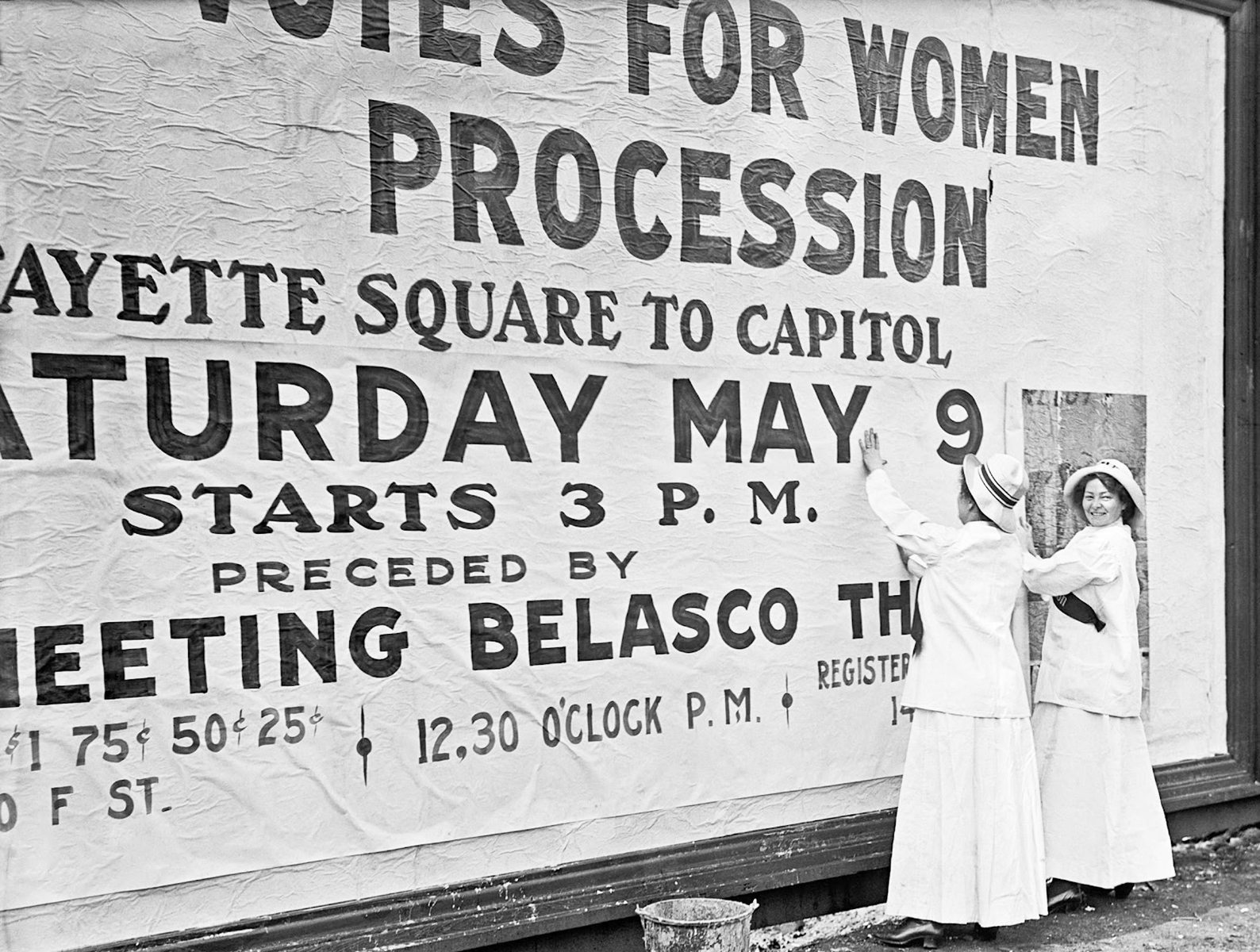
“Why you must march:
Because this is the most conspicuous and important demonstration that has ever been attempted by suffragists in this country.
Because this parade will be taken to indicate the importance of the suffrage movement by the press of the country and the thousands of spectators from all over the United States gathered in Washington for the Inauguration.”
This was the call sent to women in preparation for the largest organized parade of suffragettes, who were planning to march to bring attention to issues surrounding women’s rights. The call was answered.
On March 3, 1913, an organized parade of women marched down Pennsylvania Avenue in our nation’s capital. The parade was led by lawyer Inez Milholland, who was dressed in all white, wearing a white cape and riding a white horse. Behind her was a parade of 5,000 women from numerous countries including bands, four mounted brigades, three heralds and 24 decorated floats.
As soon as the parade began, swarms of onlookers, most of whom were men, made it almost impossible for the women to march to their destination. They hurled insults and indecent comments at the women, attempting to disrupt their focus. At one point, the parade was forced to march in a single file line in order to get through the crowds. However, most finally made it to the U.S. Treasury building where speakers took turns addressing the eager crowd of suffragettes and supporters. The New York Times described the parade as “one of the most impressively beautiful spectacles ever staged in this country.”
2. The Medals Heard Around the World
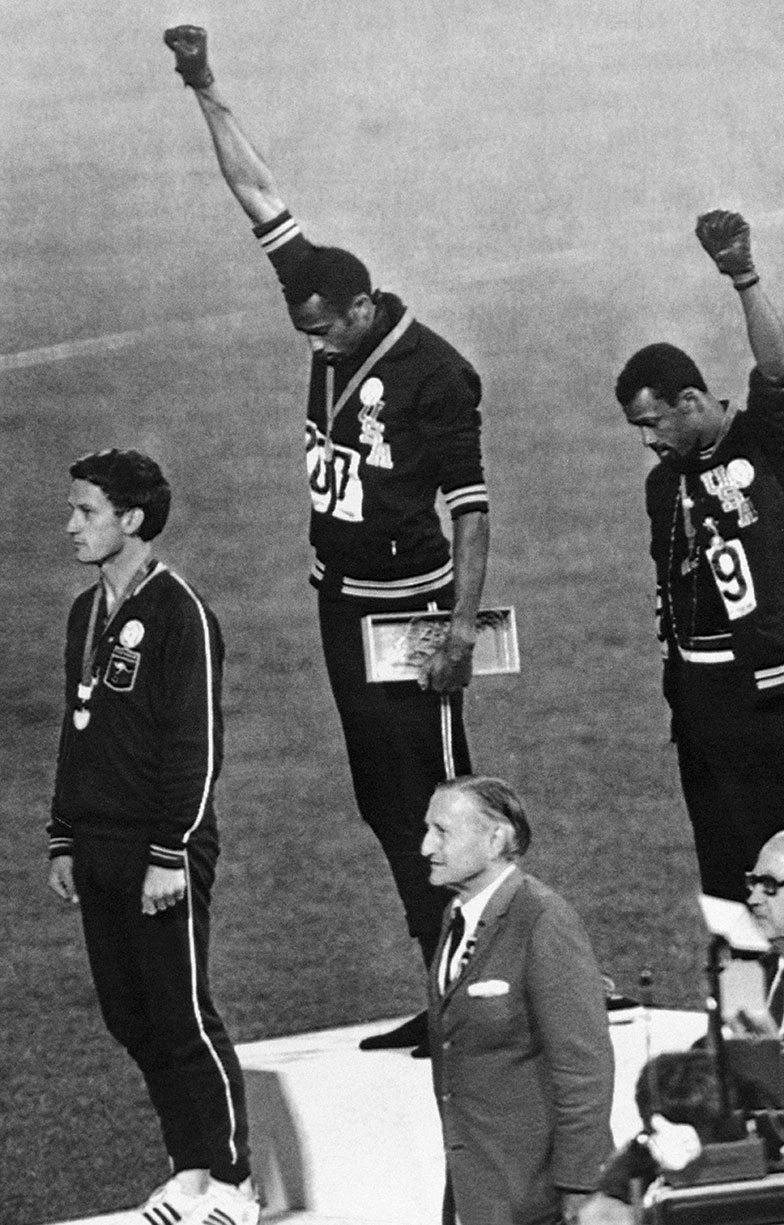
At a medal ceremony during the 1968 Summer Olympic Games, two African American track runners stood atop the medal podium, fists raised high and heads bowed. Runners Tommie Smith and John Carlos had just won medals for their athletic performance, but instead of simply basking in the glory of their success, they took the opportunity to bring awareness to an issue that desperately needed attention.
Racial inequality and injustice was thriving in the U.S., despite boasting of being the home of the free and the brave. While the U.S. national anthem played, Tommie Smith and John Carlos stood with black-gloved fists raised high above their bowed heads. They later explained that they bowed their heads as a sign of respect for the country; however, some people back home did not feel the same way. Millions of viewers from the U.S. were outraged, and when the Olympians returned home, they were vilified by their own country.
“We were just human beings who saw a need to bring attention to the inequality in our country,” Smith later explained in an HBO documentary. “I don’t like the idea of people looking at it as negative. There was nothing but a raised fist in the air and a bowed head, acknowledging the American flag—not symbolizing a hatred for it.”
Their shocking, yet peaceful protest inspired viewers from countries all around world. This peaceful display reminds us that moments of success can provide us with a platform to bring awareness in creative ways.
3. The Singing Revolution (1986-1991)
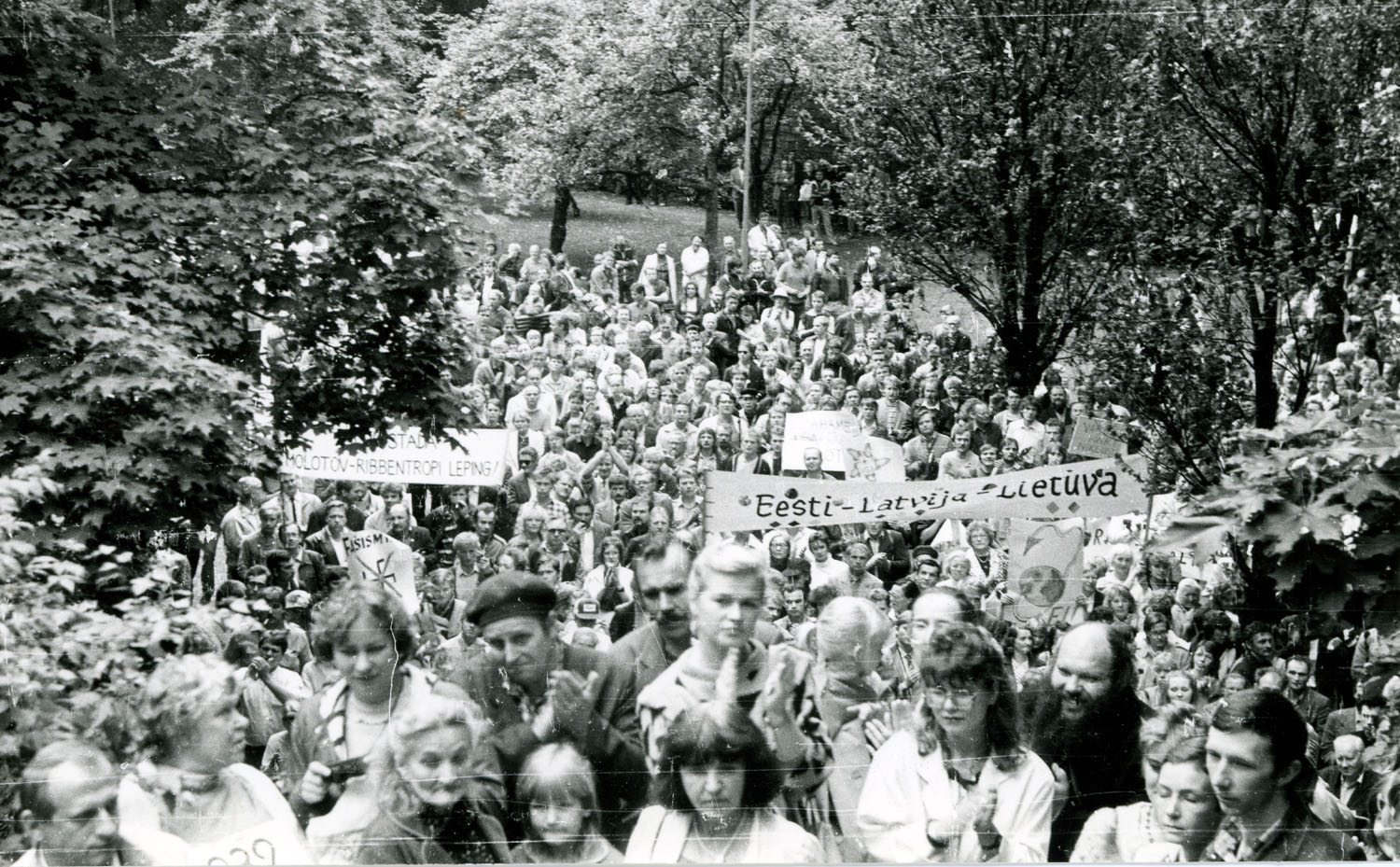
Estonia was first occupied by the Soviets in 1939, followed by an occupation by the Nazis and then again by the Soviets. Terror and dictatorship had plagued their nation, with a quarter of their entire population deported to Siberia by the end of WWII.
During the time of WWII, song helped them to maintain their culture, language and dignity. However, when the Soviets once again occupied their country, they outlawed most symbols of Estonian pride, including their songs. Starting in 1987, ongoing mass demonstrations took to the streets of Estonia. There were no weapons or riots. Instead, they used only their voices.
There were no weapons or riots. Instead, they used only their voices.
Hundreds of thousands of Estonians came together, risking their lives, to sing the national songs of their country in unison. These songs were threatening to the Soviet communist because of the passion and patriotism that came along with them. These protests, which grew in strength and numbers, helped to weaken the Soviet government and pave a way to restoring Estonia to be a free nation once again. The story proves that the power of song should never be underestimated.
4. Conflict of Orders
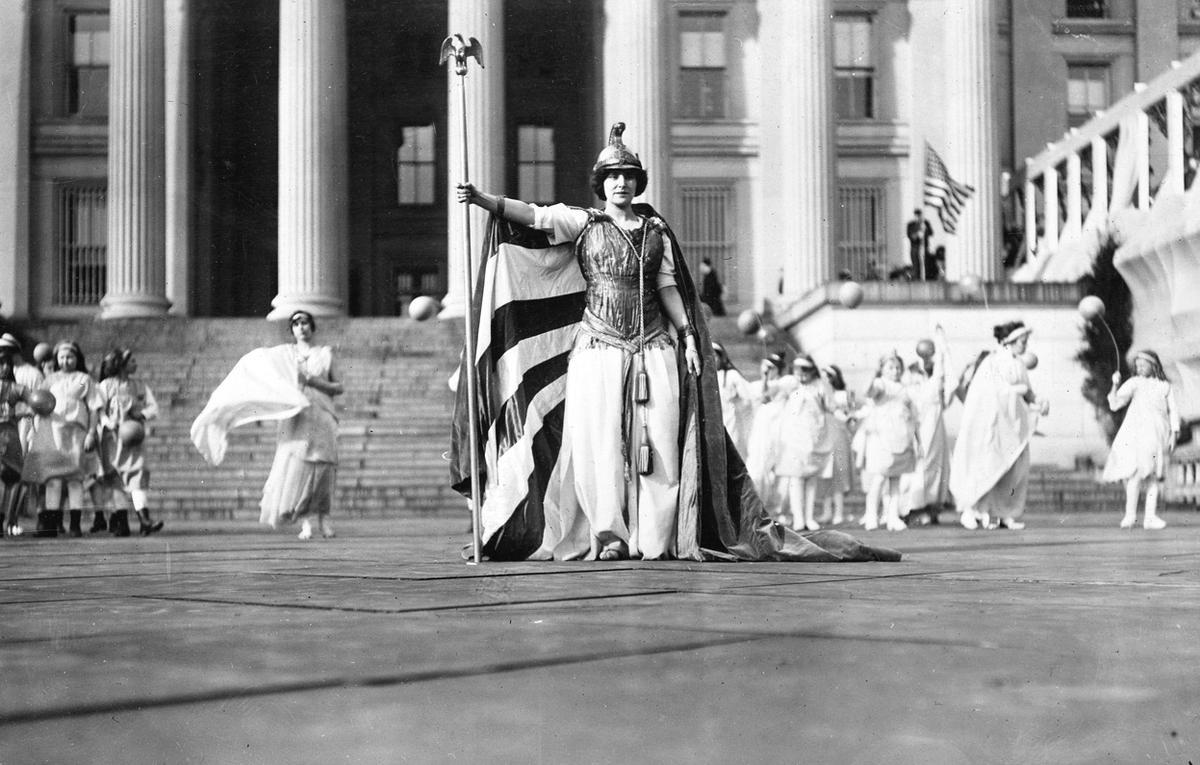
Even in 494 B.C., peaceful protests were used to spark the flame of change in the face of injustice. The Conflict of Orders was a series of largely nonviolent and bloodless protests organized by the plebeians, who were working, lower class Roman citizens. They were protesting the current social structure put in place by the government, which was dominated by patricians. Patricians were an extremely privileged and high class of Roman citizens, a class only achievable by birth.
These protests lasted from 494 B.C. until 287 B.C., when the system was finally replaced with an aristocracy based on the holding of political office, wealth and property. Each set of protests brought the plebeians more rights, protection and access to public offices. Finally, in the early 3rd century, plebeians received equal status, although they were still at a considerable disadvantage in terms of wealth and prospect within society. This series of protests are some of the oldest we know of in history and a reminder that people have always attempted to inspire change through organized movement.
5. Martin Luther King Jr.’s March on Washington
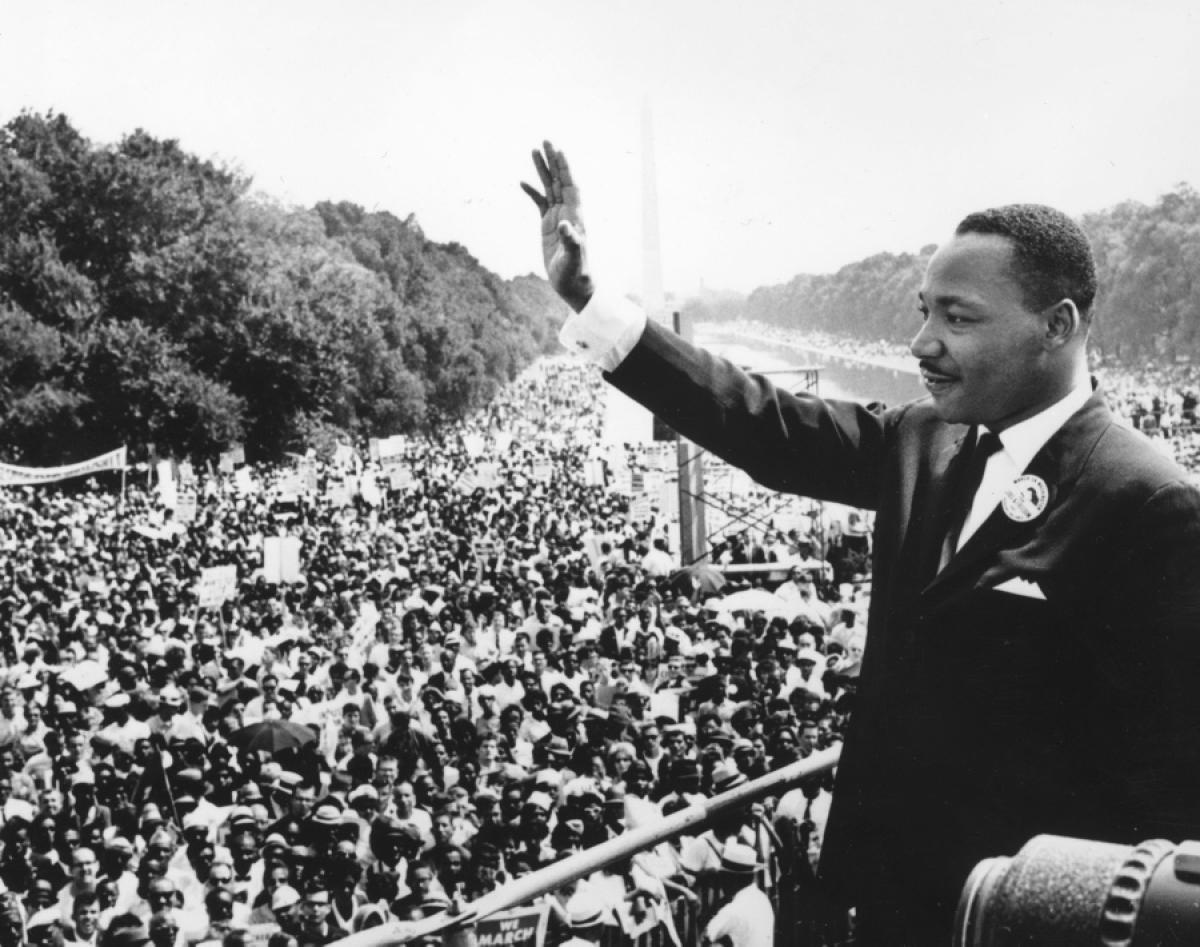
Perhaps one of the most famous examples of peaceful activism in U.S. history, the March on Washington for Jobs and Freedom took place on August 26, 1963. More than 200,000 Americans marched to promote racial equality and justice led by Martin Luther King Jr., who concluded the march by giving his famous speech, “I Have a Dream.”
The day was a peaceful and joyful culmination of speeches, songs and prayer led by politicians, clergymen, entertainers and civil rights leaders. The day brought hope and a renewed strength and determination to the civil rights movement that was taking place in the 1960s, a time when racial inequality and prejudice overtly prevalent. Within this time of injustice, Martin Luther King Jr.’s voice proclaimed, “I have a dream that my four little children will one day live in a nation where they will not be judged by the color of their skin but by the content of their character.”
His dream taught a suffering nation that they could dream, as well.
What are your thoughts on the power of peaceful protest? Do you think they can effect cultural and societal change?
Feature Image via Pinterest; Written by Darling Digital Media Intern Jessica Tomkins
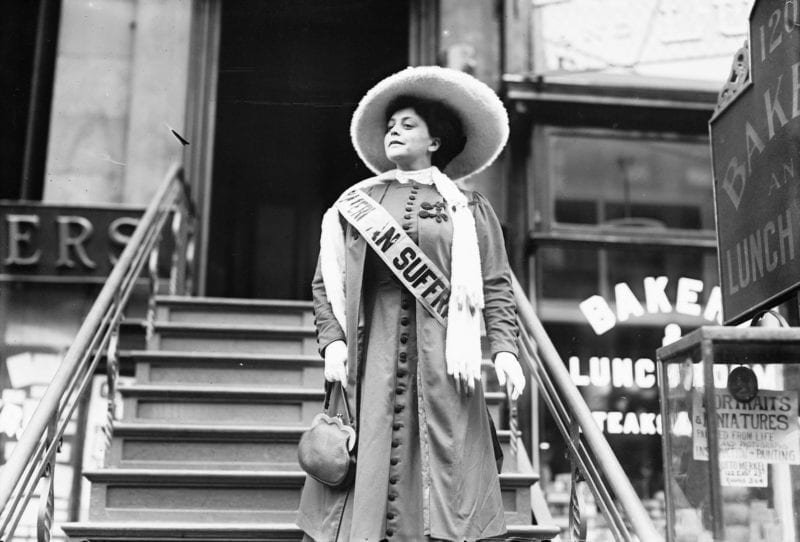
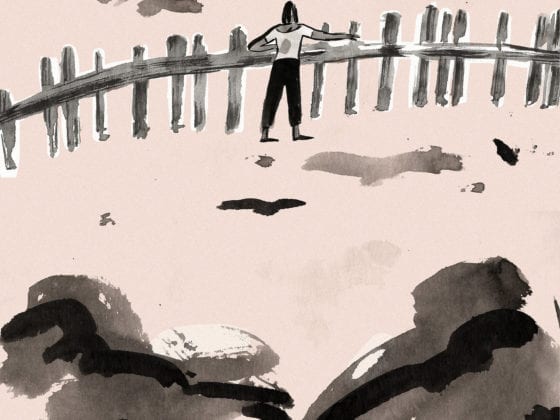








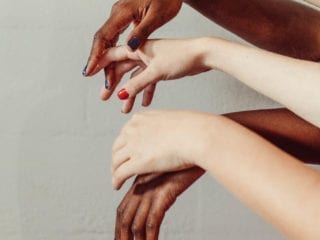
5 comments
I appreciate these articles
Good article. However, when I read the title I was looking forward to seeing results…examples of how these protests changed anything. Yes, women in this country has gotten more rights since then, but did the march change that? Or did the next president change that. Yes people of color have gotten more rights and have been shown respect (although I am ashamed of how much discrimination still goes on) but what did that march change in that moment? I don’t think the march changed anything, but it was the incumbent leaders of our country (several years later) that changed things.
Love this! Wish the People’s Climate March of 2014 had been included– 400,000 people marching from Central Park through the streets of Manhattan for climate justice, in solidarity with hundreds of others around the world. One of the most important actions in recent years!
That’s a great one!! Thanks for putting it on our radar!
I love this reminder that we can accomplish much through peaceful & respectful actions & conversation in a world that is often quick to turn to violence. Thank you!